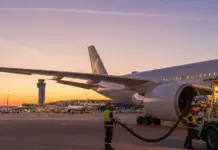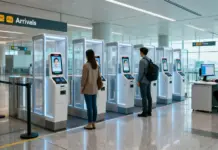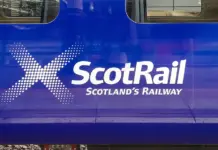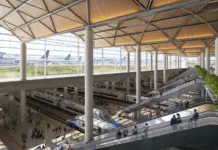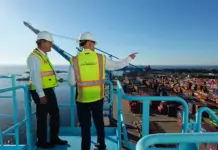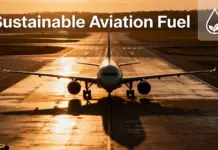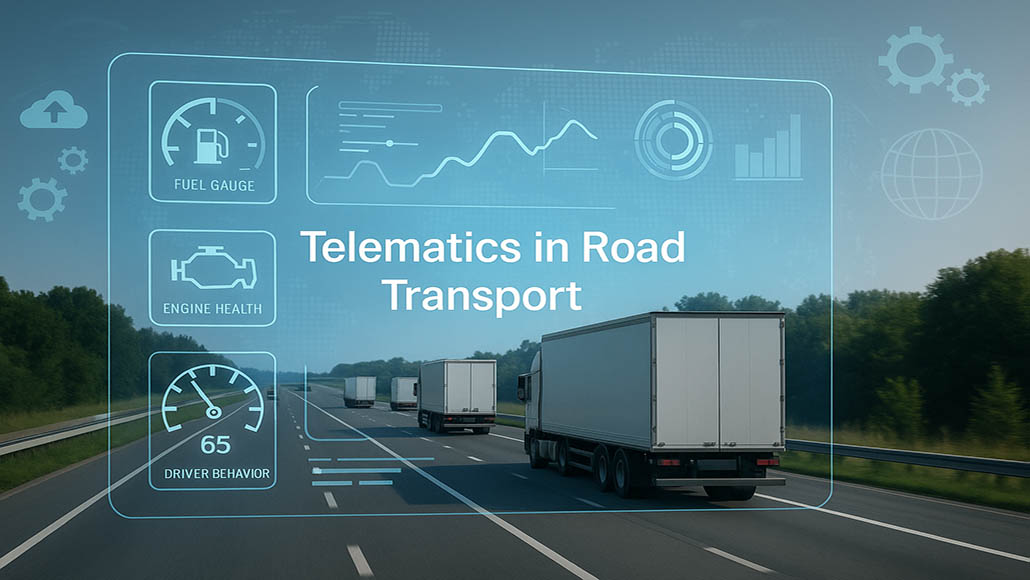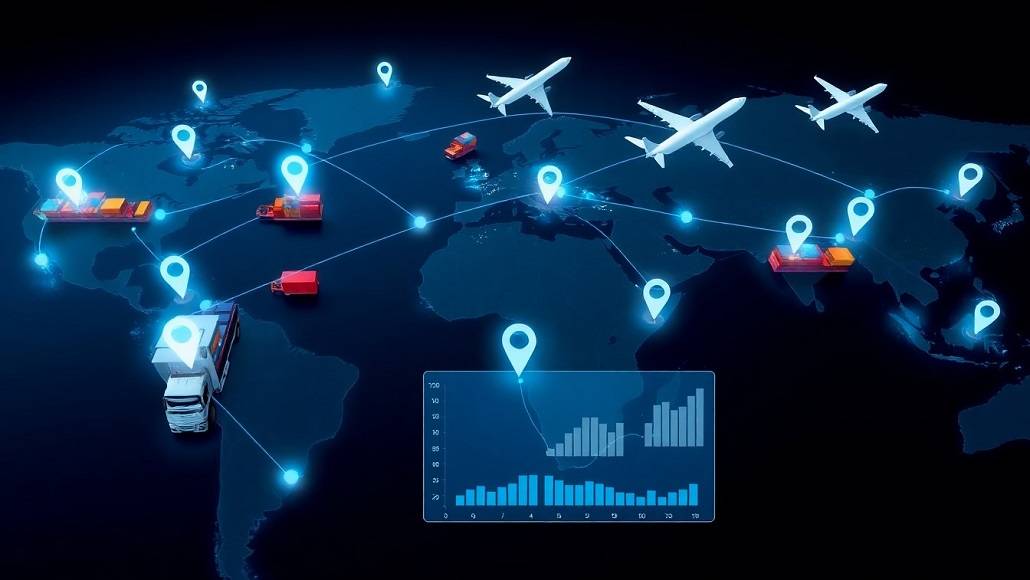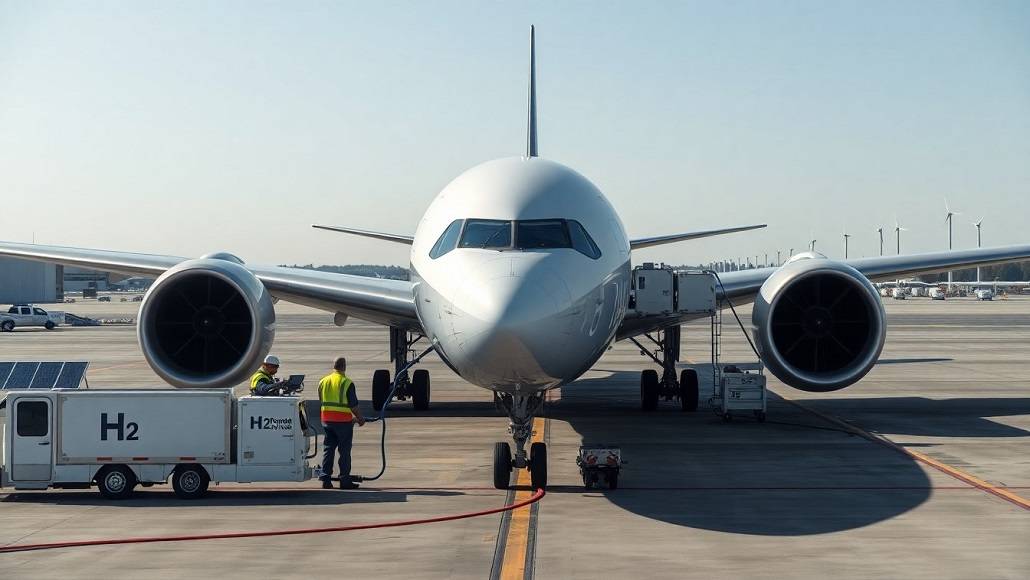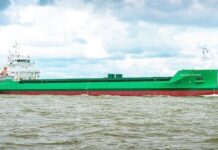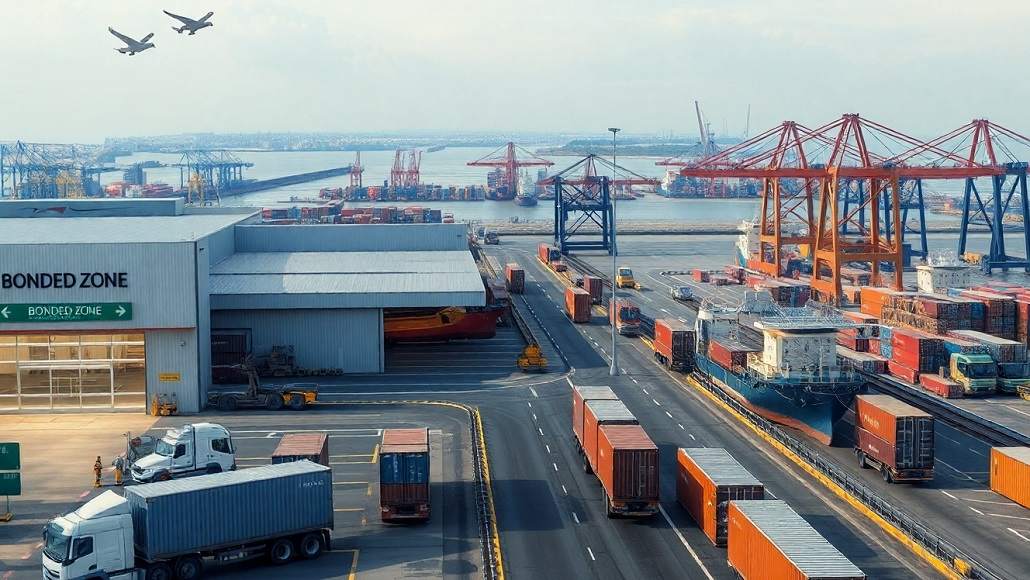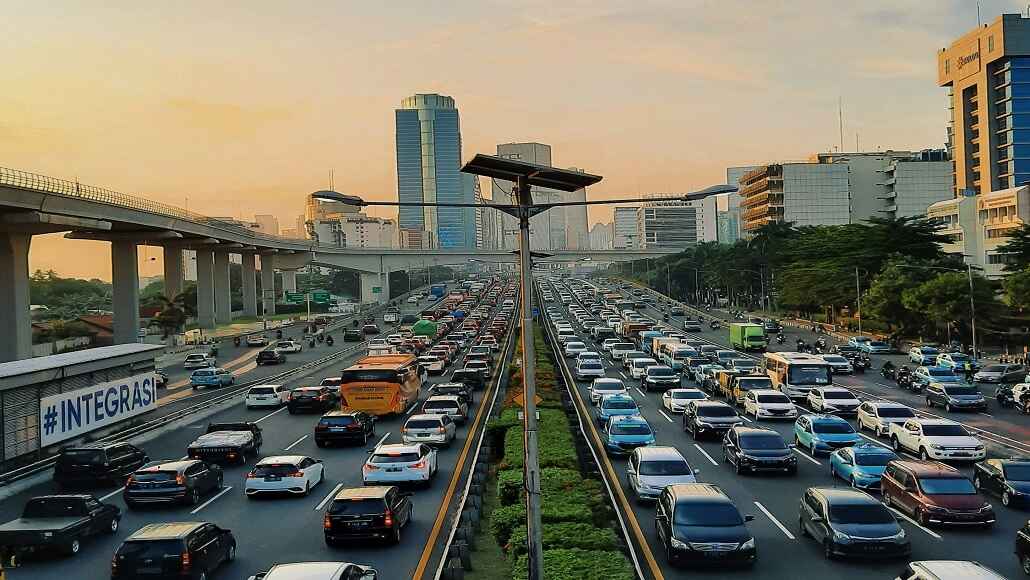The Channel Tunnel, or “Chunnel” as it is sometimes known, is a 50km-long undersea rail tunnel below the Strait of Dover in the English Channel.
It is the longest undersea tunnel in the world and connects Folkestone in Kent, UK, with Coquelles in Pas-de-Calais, France. The average depth of the tunnel is 40m.
Construction of the tunnel began in 1986 and was completed in 1994. An investment of £14.7bn was made in the project. About 500 trains run through the tunnel each day with a crossing time of 35 minutes.
Eurotunnel operates the tunnel and provides vehicle transport services, while Eurostar runs high-speed passenger trains.
In 2010, Eurostar carried nearly nine million passengers through the tunnel. International freight trains also service the tunnel.
Deutsche Bahn will also run its high-speed Intercity-Express (ICE) trains through the tunnel by 2014. Test runs were completed in October 2010.
Deutsche Bahn received approval from the Channel Tunnel Intergovernmental Commission in July 2013 to operate the ICE trains through the Channel tunnel.
Project
Construction of a tunnel linking England and France was first proposed in 1802. The project, however, did not materialise due to the absence of appropriate tunnelling techniques. In 1955, the need for the tunnel was expressed by both countries.
Consequently, the Channel Tunnel Study Group was established in 1957 to study the possibility of building a tunnel link.
Studies conducted by the group revealed that tunnelling could be carried out through the lower chalk stratum, geological sediment formed millions of years ago. The layer is less prone to fracturing and collapsing and contains clay that prevents penetration of groundwater.
The project was officially launched in 1973 but abandoned in 1975 due to the fuel crisis. It was revived in 1984 and tenders were invited for construction.
A concession agreement was signed with Channel Tunnel Group and France-Manche for 55 years in 1986. In the same year, the Eurotunnel Group was established to execute the project.
The engineering, construction, procurement and project management services contract was awarded to Bechtel. A consortium called TransManche Link (TML) was awarded the construction contract.
The consortium included Balfour Beatty Constructions, Bouygues, Costain Civil Engineering, Dumez, Société Auxiliaire d’Entreprises, Société Générale d’Entreprises, Spie Batignolles, Tarmac Constructions, Taylor Woodrow Construction and Wimpey Major Projects.
A total of 11 tunnel boring machines, each weighing about 450t, were used to dig the tunnels. Following official inauguration in May 1994, first commercial services through the tunnel started in June 1994.
Infrastructure
The tunnel consists of two rail tunnels and one service tunnel, each 50km in length. The two rail tunnels have a diameter of 7.6m and are located 30m apart.
The service tunnel, with a diameter of 4.8m, is situated between the two rail tunnels and 15m apart from each tunnel. The multifunctional service tunnel is used in case of emergencies and enables personnel to reach the scene of an incident in minimum time.
Each rail tunnel contains a single track, overhead catenary and two walkways which are used for emergency evacuation. The overhead catenary provides traction power to the trains.
An undersea crossover is also provided in each tunnel, enabling trains to pass from one tunnel to another during maintenance operations.
Electricity is supplied to the trains, tunnels, lighting and drainage pumps by two 160MW substations on either side of the tunnel. In case of the breakdown of one substation, the other can supply electricity to the entire system.Two terminals, at Coquelles and Folkestone, connect the rail system to other road and rail networks.
Rolling stock
The tunnel is serviced by 58 electric Brush / Bombardier locomotives, nine Bombardier passenger shuttles for cars and coaches, 15 truck shuttles or heavy goods vehicles shuttles and service locomotives.
The electric locomotives are 800m in length and feature three bogies with two motorised axles. Each shuttle operating in the tunnel is fitted with two locomotives on either side to complete the journey in case one of the locomotives fails.
The stainless steel passenger shuttles consist of two parts – one to carry vehicles higher than 1.85m such as coaches and caravans on a single deck, and the other to carry cars and motorcycles on a double deck. Each shuttle has 24 carriages and four loading / unloading wagons. The shuttles were built by Bombardier, BN and ANF.
Six Breda-Fiat and nine Arbel type shuttles form the truck shuttles for the tunnel. Each shuttle includes two locomotives and three loading / unloading wagons. The shuttles also include 30 carrying wagons each of which can carry a 44t truck.
The service locomotives include 24 rubber-tyre vehicles which move on cast-in-place concrete. They can travel up to a speed of 80km/h and are electronically guided by an embedded cable. The service locomotives carry out maintenance operations.
Signalling and communications
The entire transport system in the tunnel is automated and controlled from a rail control centre (RCC). Two RCCs are located at each terminal to manage rail traffic. Controllers are also installed in the system to take manual control in case of a technical failure.
The RCC consists of two main components, the rail traffic management (RTM) system and the engineering management system (EMS). The RTM controls rail traffic while the EMS controls ventilation, lighting and other equipment.
A signalling system called TVM 430 is used in the tunnel for transmitting data from track to train. Locomotive drivers receive instructions and data along the track and through indicator lights in the cab.
Vigilance devices, automatic train protection systems and fire detection systems are also installed at several places throughout the tunnels.
In December 2009, Alcatel-Lucent was awarded a contract to upgrade the communications infrastructure in the tunnel. Under the €21.5m project, Alcatel-Lucent installed its GSM-R solution in the tunnel in time for the 2012 Olympics. The system helps in improving tunnel safety and communications efficiency between RCC and train driver.
Mobile telephone and internet services were launched inside the tunnel in July 2012. Alcatel-Lucent worked in collaboration with the French telecom operators Orange, SFR and Bouygues Telecomi for the same.



